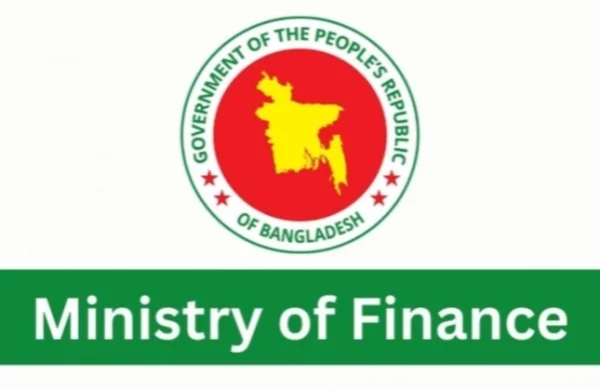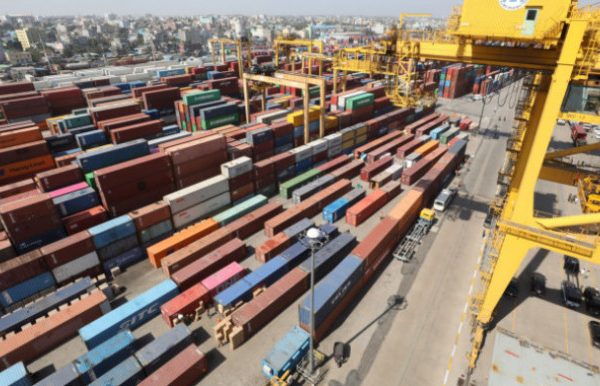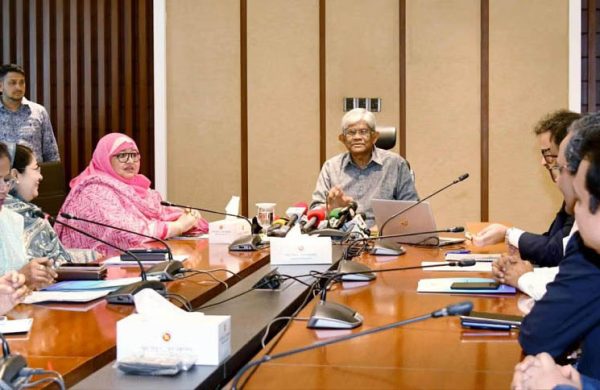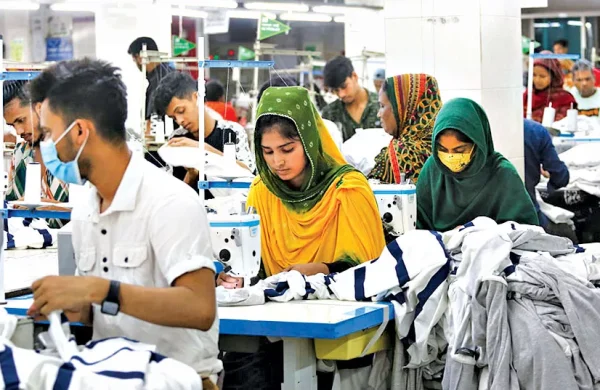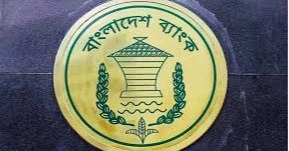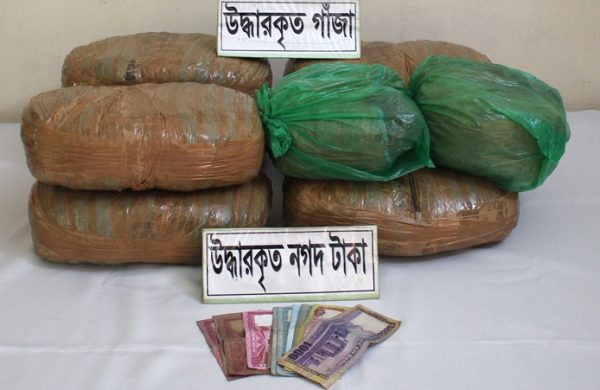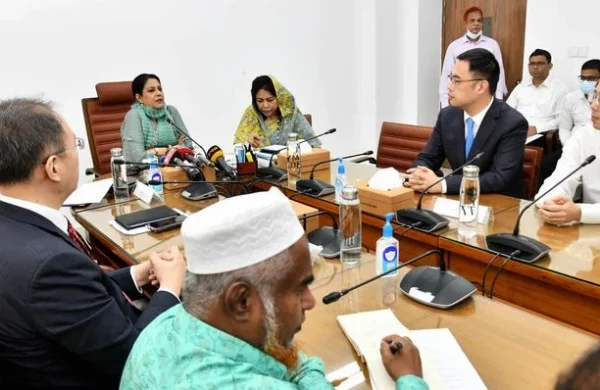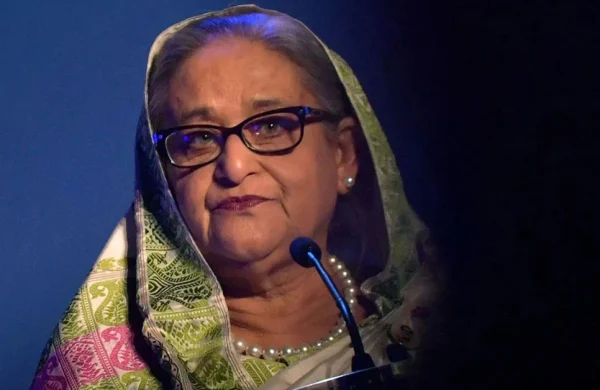Monetary policy considerations: A conservative approach
- Update Time : Sunday, January 26, 2025
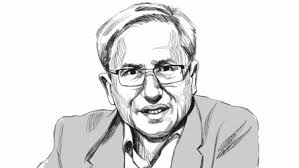
TDS Desk:
The context, however, is evident. The Bangladesh Bank is preparing for its monetary policy for the second half of the current fiscal year. A key issue at hand is the policy rate: should it remain at 10%, be raised, or lowered?
Recent inflation data shows no sign of an imminent decline, with the inflation rate currently above 10%. It is premature to conclude that the recent increases in the policy rate have failed to control inflation in Bangladesh, as they have in many other countries.
The impact of the policy rate hike began to work through the economy only in the latter half of 2024, a period also affected by multiple adverse supply shocks. Given this, the Bangladesh Bank is not in a position to lower the policy rate until there is reasonably conclusive evidence of a significant reduction in inflation.
The Bangladesh Bank would do well to maintain the current policy rate, likely until February. If inflation, particularly non-food inflation, continues to rise, a modest increase in the policy rate by 25 to 50 basis points may be warranted. This adjustment aims to further curb business and consumer demand for credit, thereby decreasing the overall demand for goods and services.
Critics contend that this approach has been ineffective in Bangladesh, simultaneously arguing that it negatively impacts employment by constraining production and investment. They highlight the increased cost of doing business, often overlooking the effects of high inflation on business revenues.
What justifies the assumption that businesses reduce employment and investment when interest rates rise but do not increase these activities when profits swell due to inflation? These claims, inherently empirical, lack substantial evidence either way.
MINIMISING REGRETS
Monetary policy cannot be crafted based on inconclusive hypotheticals. In the face of such empirical uncertainties, the art of policymaking lies in minimising regrets. When faced with high inflation, should policy lean towards lower rates or maintain a higher rate for longer?
The pivotal question remains: which scenario carries the greater risk of regret — enduring lower growth and stagnant employment despite high interest rates, or facing accelerating inflation without a corresponding rise in employment due to lower interest rates? Policymakers are essentially navigating a landscape of competing undesirable outcomes, where the potential for regret looms large.
A conservative monetary policy framework, vigilant against high inflation, would advocate for maintaining higher interest rates. The most significant regret would be the potential acceleration of inflation from an already high baseline. To foster growth and employment, it would lean on fiscal and structural policies, emphasising productivity-enhancing and vulnerability-reducing reforms rather than counterbalancing reduced demand from tight monetary stance.
Cleaning sludgy business regulations and untangling supply chains from extortionary practices would yield productivity gains sooner rather than later. These reforms are hard to do until they are done.
Bangladesh’s experiment with a cheap money policy during FY22-24 resulted in higher inflation and lower growth. This period serves as evidence that deviating from orthodox policies can lead to significant regrets. The costly outcomes under the policy regime of FY22-24 highlight the risks of defying established economic principles.



